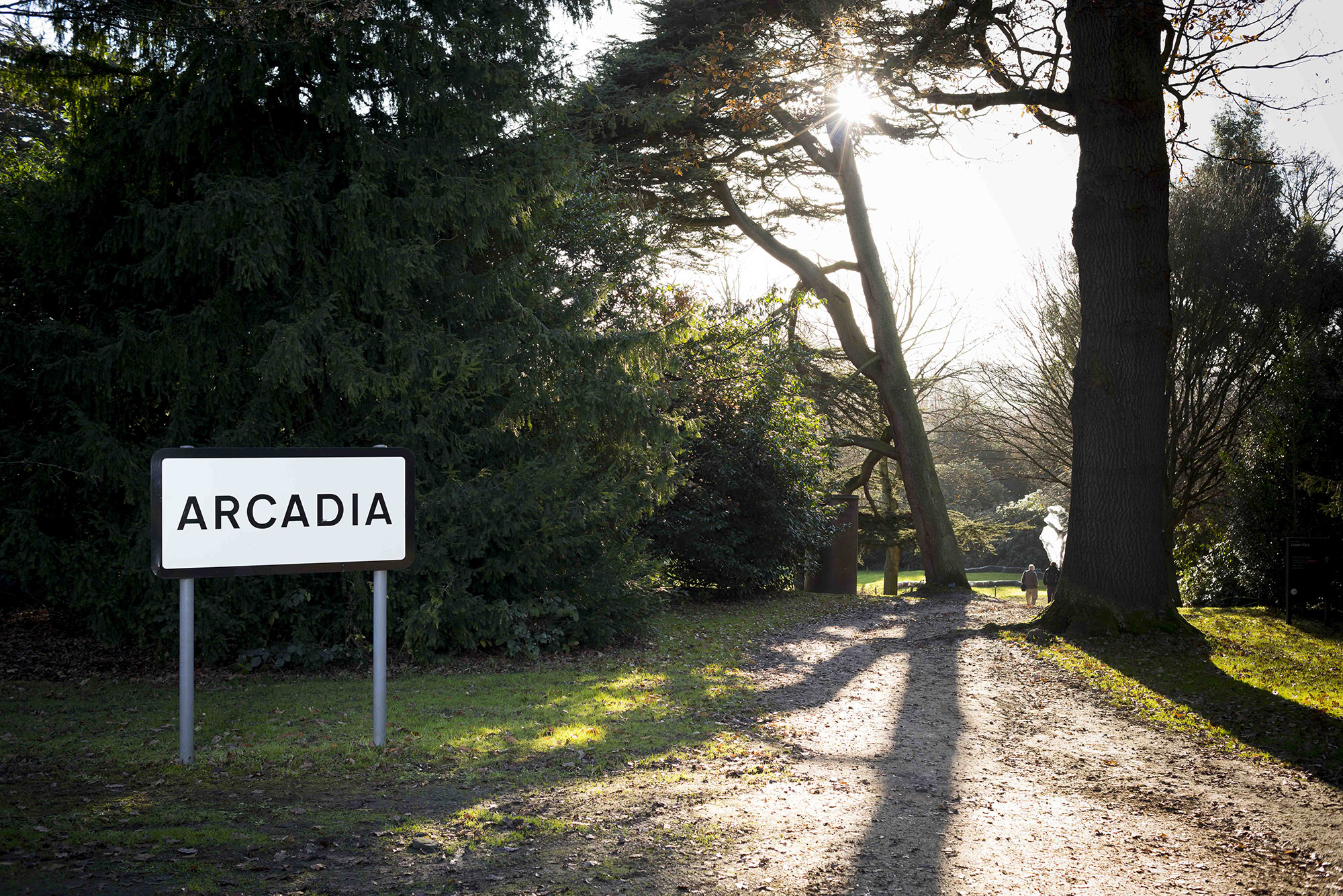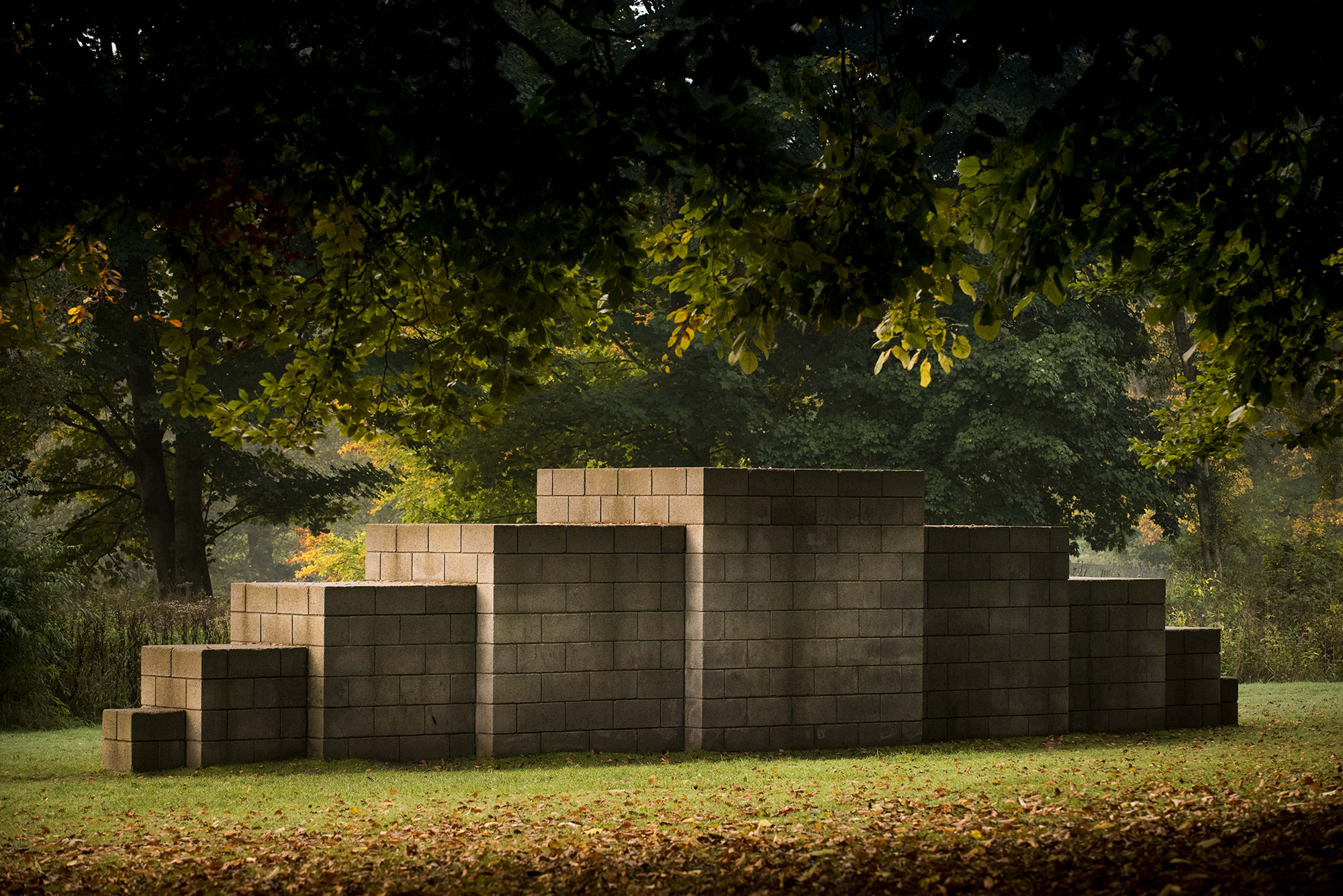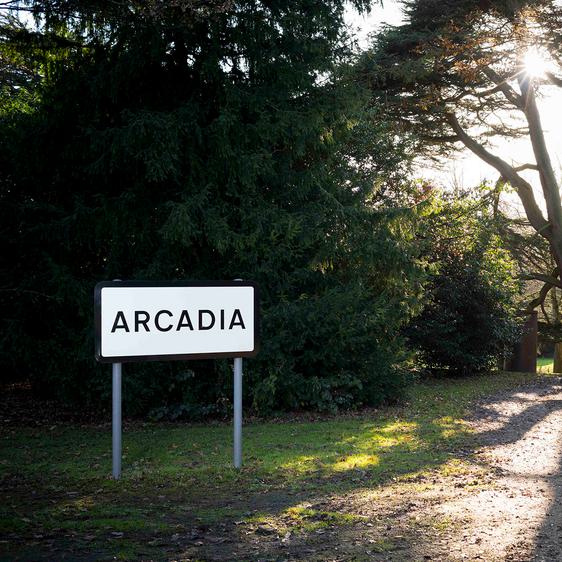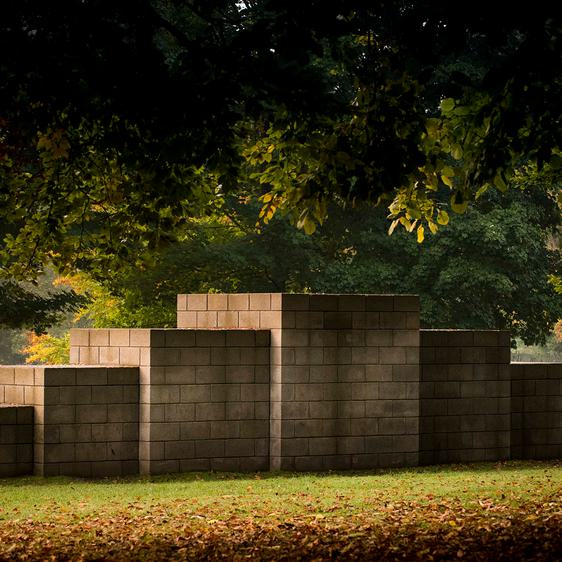
Anthony Caro: Promenade
Art Outdoors /Anthony Caro: Promenade
Throughout his career, Anthony Caro pushed the limits and definitions of what sculpture could be, beginning with the simple act of placing work directly on the floor without a plinth in the 1960s, and later melding the qualities of sculpture and architecture in his ‘sculpitecture’ works.
He constantly evolved the relationship between object and audience. As Caro’s work grew in scale he began thinking about sculpture as ‘place’, questioning if he could create sculptures that audiences could interact with directly with their bodies.
Caro was initially cautious about placing sculpture outdoors, believing it likely to get ‘blown away’ or dominated by the landscape. Although he had reservations, stating that “all landscape is difficult, YSP can be a difficult space because it is big and demanding”, he felt that Promenade worked well here. It is sited in one of the few flat areas of YSP, complementing the horizontal flow of the work. This monumental sculpture takes its inspiration from paintings of trees by French painter Gustave Courbet, and was originally conceived for the Tuileries Gardens in Paris.
You might also like
- Art Outdoors

Leo Fitzmaurice: Arcadia
- Art Outdoors

Vanessa da Silva: Muamba Grove #3 and #4
Vanessa da Silva’s work includes sculpture, installation and performance focusing on issues of immigration, notions of territory, identity and displacement. - Art Outdoors

Anthony Caro: Dream City
- Art Outdoors

Sol LeWitt: 123454321
123454321 expresses LeWitt’s approach to minimalist composition. It is a construction of cinder blocks set in a formal arrangement. Each series of blocks is in the proportion 1:1:2. This ratio forms the sequence for the whole structure and is typical of his use of simple numerical systems and serial progressions. The work has a restrained and calculated beauty, which stems from the purity of mathematical principles.






